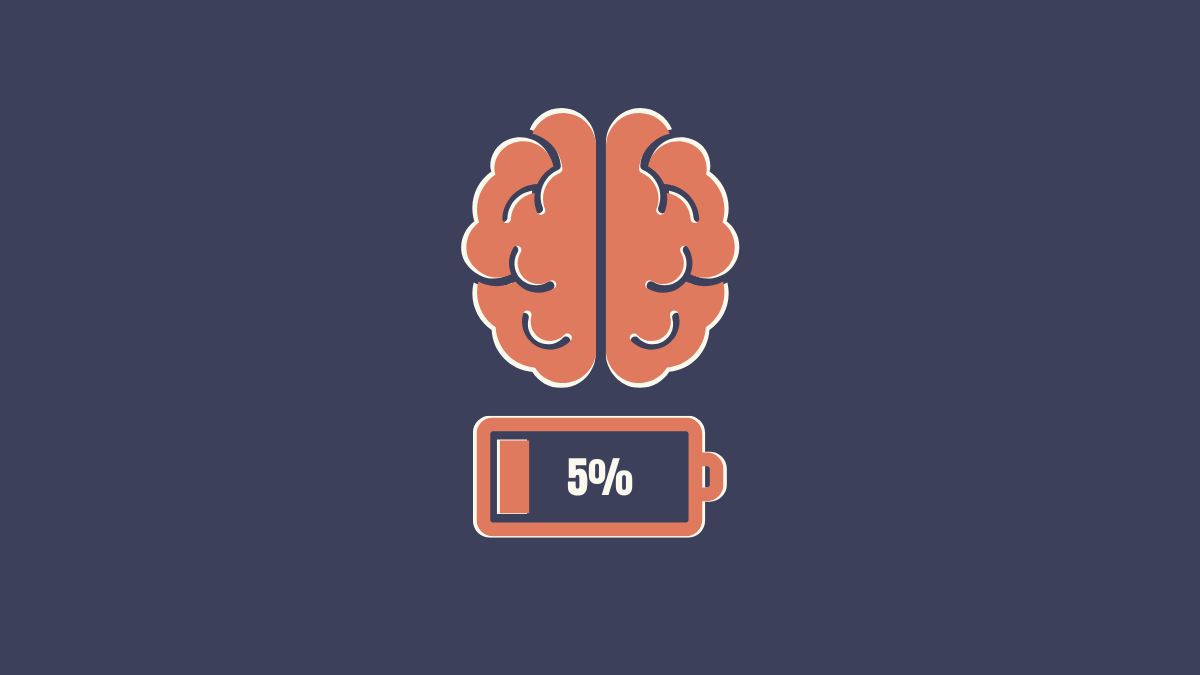Executive Dysfunction : It’s Not Laziness
Ever stared at a two-minute task for three hours? That’s not laziness — it’s executive dysfunction. Here’s what it feels like and how I manage it.

What Executive Dysfunction Looks Like at Work
Staring at a simple task for three hours. Avoiding emails. Forgetting your own to-do list.
If you’ve ever felt paralysed by basic tasks at work — you’re not lazy. You’re likely dealing with executive dysfunction.
"Why can’t I just DO IT?"
That’s the question I’ve asked myself more times than I can count.
Not during strategy meetings. Not while shipping complex features.
I’m talking about… replying to an email. Or writing a 2-line Slack message. Or updating a Dev ticket.
Tiny tasks. Supposedly “easy” things. The kind of admin everyone else seems to knock out in minutes — while I can stare at them for hours.
If you know that feeling, you’ve probably met my constant companion: executive dysfunction.
So What Is Executive Dysfunction?
Executive dysfunction is a symptom often associated with ADHD (and other neurodivergent conditions), and it’s essentially your brain’s inability to initiate, plan, prioritise, or complete tasks — even when you really want to.
Try to remember it’s not:
- Procrastination
- Laziness
- “Just needing to try harder”
But it is:
- Your brain literally short-circuiting when asked to move from intention to action
- A broken connection between “I know this needs doing” and “I’m doing it now”
And it shows up a lot at work.
What It Looks Like for Me (in Real Life)
- Staring at a Slack DM like it’s a nuclear launch code
- Knowing exactly what to do next… but suddenly needing to reformat my entire Notion dashboard instead
- Having 10 tabs open with helpful resources, and still being paralysed
- Feeling guilty about a late response, but too overwhelmed to send it
What It’s Not: Laziness
This is important.
Laziness is not caring.
Executive dysfunction is caring so much that your brain shuts down under the pressure.
Most people with ADHD want to do a good job. We overthink. We over prepare. We spiral in guilt about things we haven’t done yet. And then we burn out trying to compensate.
If it was laziness, we’d be chilling.
Instead, we’re dissociating in a Google Doc with six half-written bullet points.
Now What’s Helped Me (A Bit)
No magic bullets here. But these things help me move through it:
- Start small. Smaller than you think.
Sometimes my “task” is: Open Slack. That’s it. Break the freeze. - Body doubling.
Sitting on a video call with a friend or co-worker, even silently, while we both work. - Timers & transitions.
5-minute timers, countdown clocks, even just “I’ll do this until the kettle boils.” - Saying it out loud.
“I’m struggling to reply to this email” → Sometimes admitting it is the release valve. - Using Notion or Shortcut as my brain.
If it’s not in a board or list, it will not happen. I’ve accepted that - Cue the 100s of To do boards currently in play - Fun fact I even have one for my tasks around the house! - Forgiveness.
Shame just adds another blocker. So I try (emphasis on try) to let it go.
Final Thoughts
If executive dysfunction is wrecking your day, your confidence, or your backlog - it’s not a personal failing.
It’s not laziness. It’s not immaturity. It’s not lack of care.
It’s your brain doing its best with a dodgy operating system.
But with the right environment, support, and strategies, you can still ship brilliant work — even if it takes three false starts and a body double in a dressing gown to get there.



